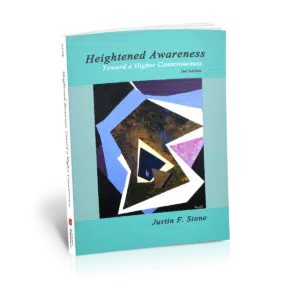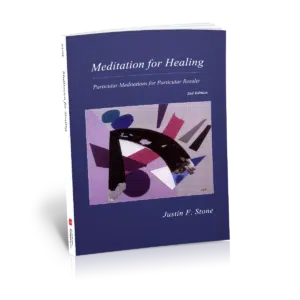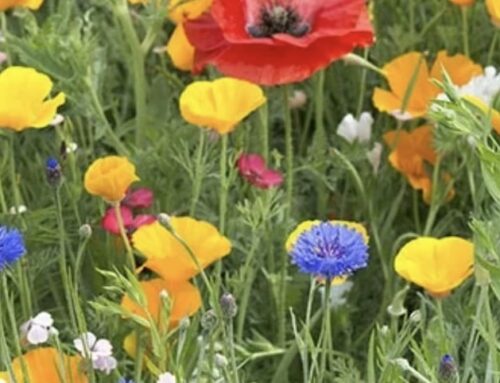Softness in TCC Practice
T’ai Chi Chih is a mindfulness moving meditation practice that’s easy to learn. The series of 19 movements and one pose helps circulate the Vital Energy, the Chi. Practitioners experience peace, improved health and many more benefits. Our free monthly e-newsletter offers inspiration between issues of the TCC quarterly journal, The Vital Force, in which teachers and students tell stories about ways they’ve benefitted from the practice.
Only when TCC is done effortlessly, with softness, can the body, arms and legs flow smoothly so as to get maximum results. – Justin F. Stone, TCC Originator
From a recent issue of The Vital Force:
“While the position of the hands changes often, the shape of the hands (relaxed and slightly rounded, fingers separated) does not. It’s almost as if at the beginning of practice you put on a pair of invisible magic gloves that hold your hands in this soft, comfortable position for the duration of the practice…. When the hands are softly relaxed (not collapsed, of course), the rest of the body is more likely to relax. When one’s hands are tense it’s almost impossible to relax the wrists, arms and shoulders, thus hindering rather than encouraging the flow of the Chi.” – PF, Sarasota, FL
~ ~ ~ ~ ~ ~ ~ ~ ~
Offering suggestions about practicing the TCC movement Push Pull: “If the way I have presented Push Pull here differs from the way you learned it, I invite you to spend some time with Justin’s 1990 DVD and focus on the flow from the tan t’ien as you shift the weight fully forward and fully back. Feel the enhanced wrist vitality as you softly engage and release the wrists as you start and complete each movement. Feel the relationship between the hands and the tan t’ien; feel the continuous flow of the Chi, and let that be your guide.” – AT, Albuquerque, NM
~ ~ ~ ~ ~ ~ ~ ~ ~
“(When students’) energy is limited and movement is a great effort, we take breaks between movements and practice ‘completely relaxing,’ which isn’t as easy as it sounds. We start by noticing how we go into and out of relaxation. What do we relax first? Then what? … Many of us waste energy holding tension in muscles even when we’re not using them. Just observing what we are doing seems to change things. Moving into and out of relaxation gives those tight neck and shoulder muscles a chance to relax, and takes some stress off of our low backs. Who knew doing nothing (completely relaxing) could have so many benefits?” – DK, Saratoga, CA
~ ~ ~ ~ ~ ~ ~ ~ ~
“Now let us consider softness from a different standpoint. We know that the soft tongue outlasts the solid teeth. And the soft water wears away the firm rocks, not the other way around…. (T)he pliable bamboo that bends with the wind and then snaps back when the storm has passed. The sturdy oak, on the other hand, resists the storm and, after standing firm for a while, snaps and falls to the ground. All these are secrets of living of course. And after practicing T’ai Chi Chih for a while you will find that the principles spill over into your everyday life.” – JS, TCC Originator
~ ~ ~ ~ ~ ~ ~ ~ ~
Where in the World? Visit our website for photos of TCC practice around the globe. Submit your own.
Want more inspiration? Want connection with the global TCC community? Want tips for a better practice? Join us:
1) Subscribe to The Vital Force. Our quarterly journal offers engaging stories, hints and insights from TCC teachers and students. We also highlight wisdom by, and photos rarely seen of, originator Justin Stone.
2) Subscribe to this monthly e-newsletter by sending an email.








